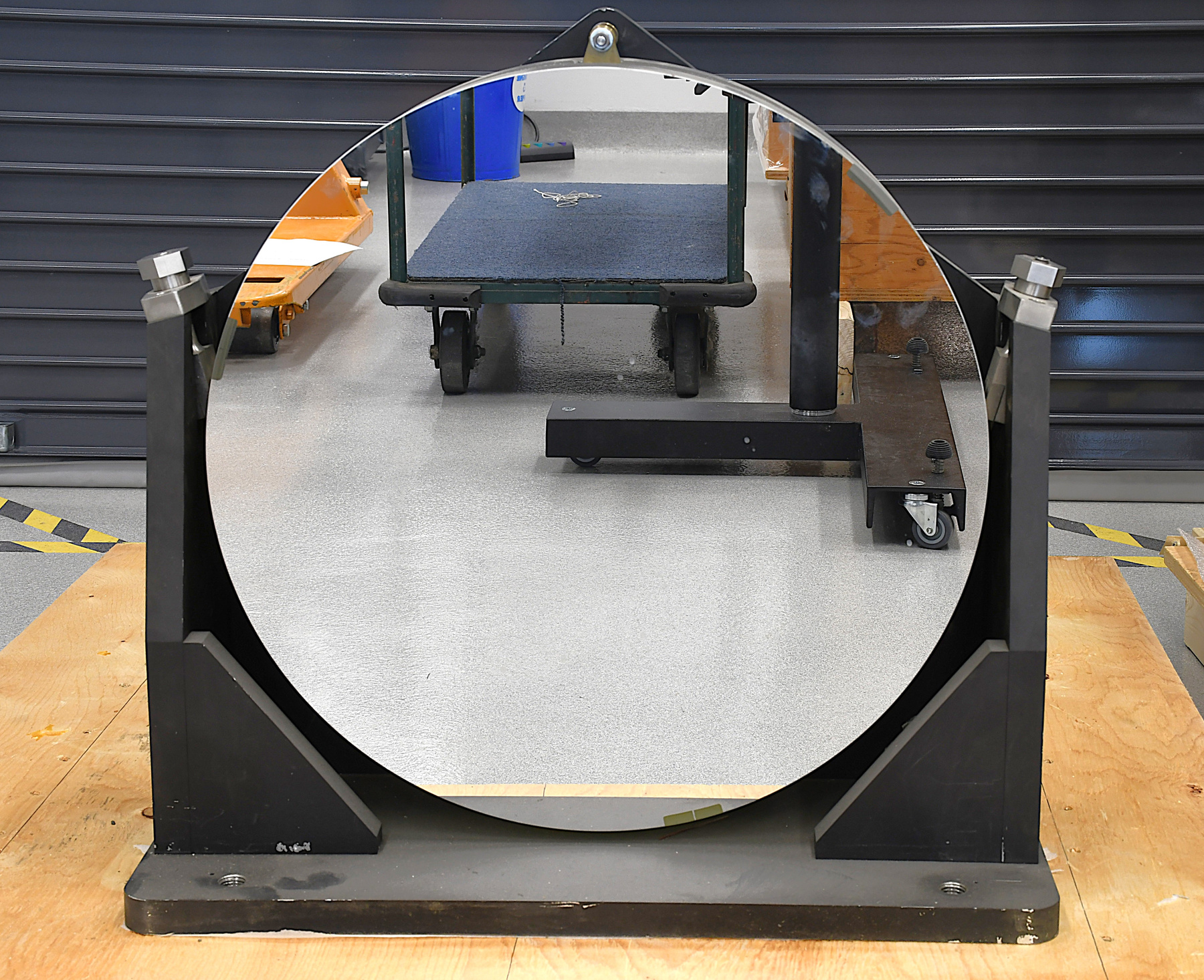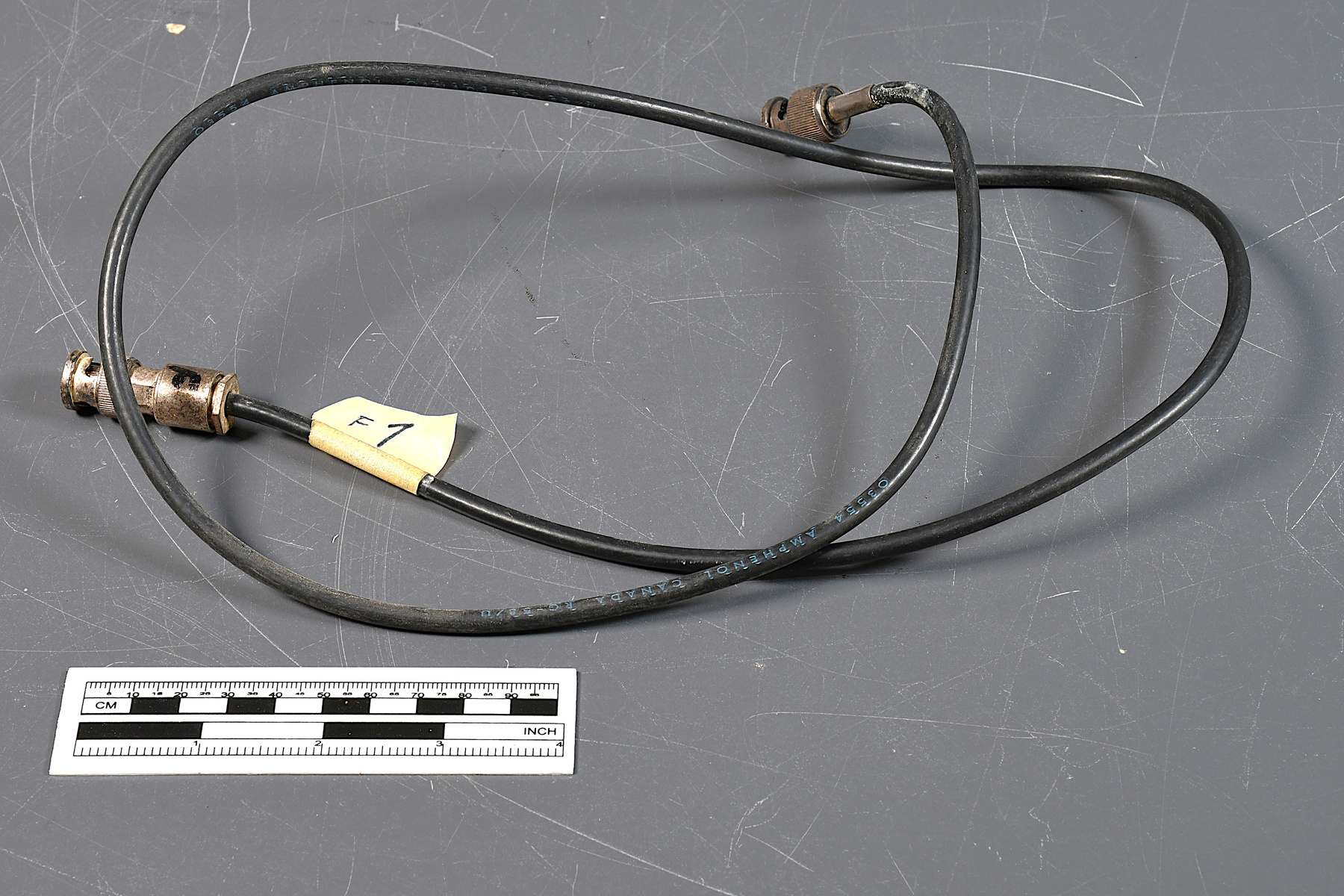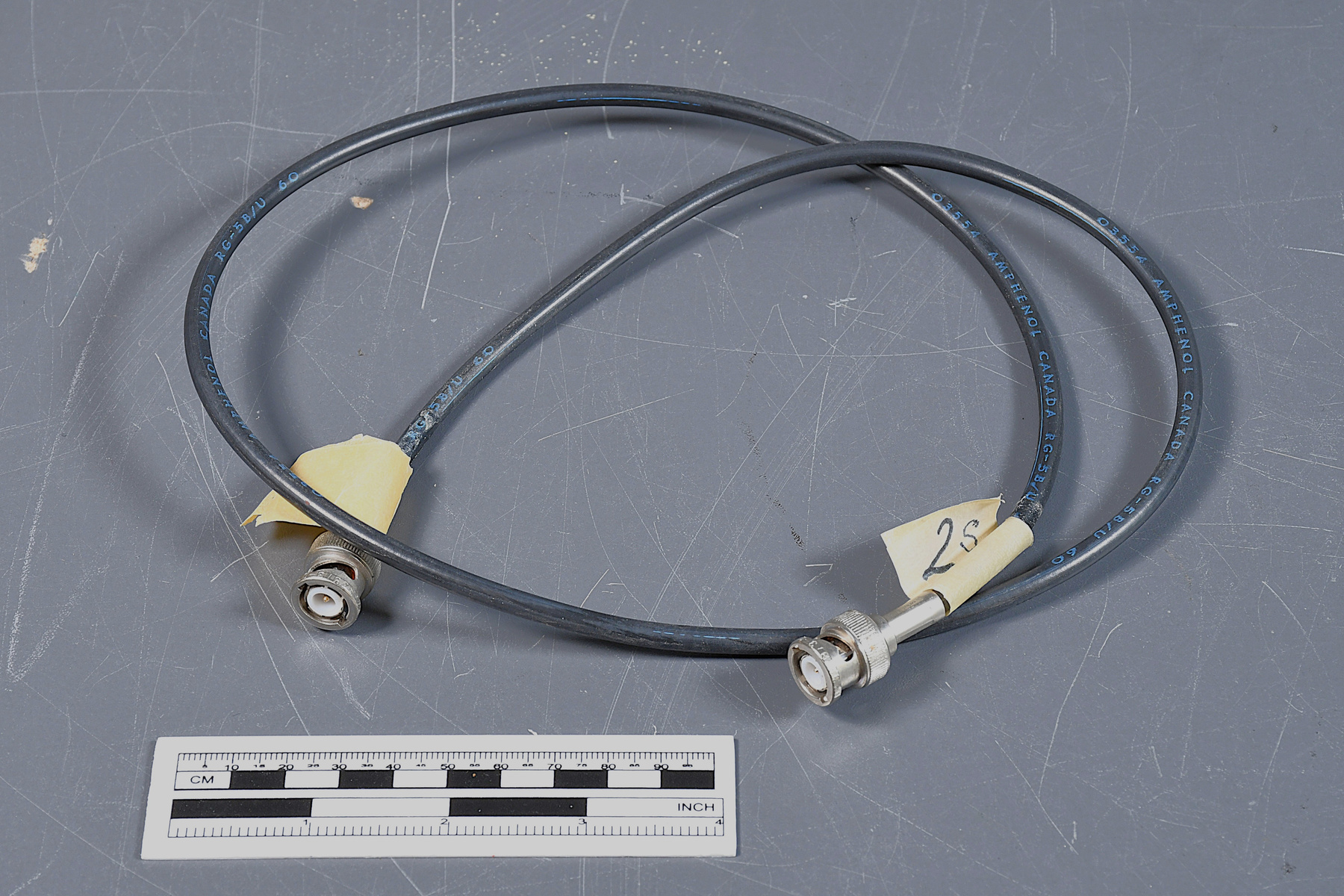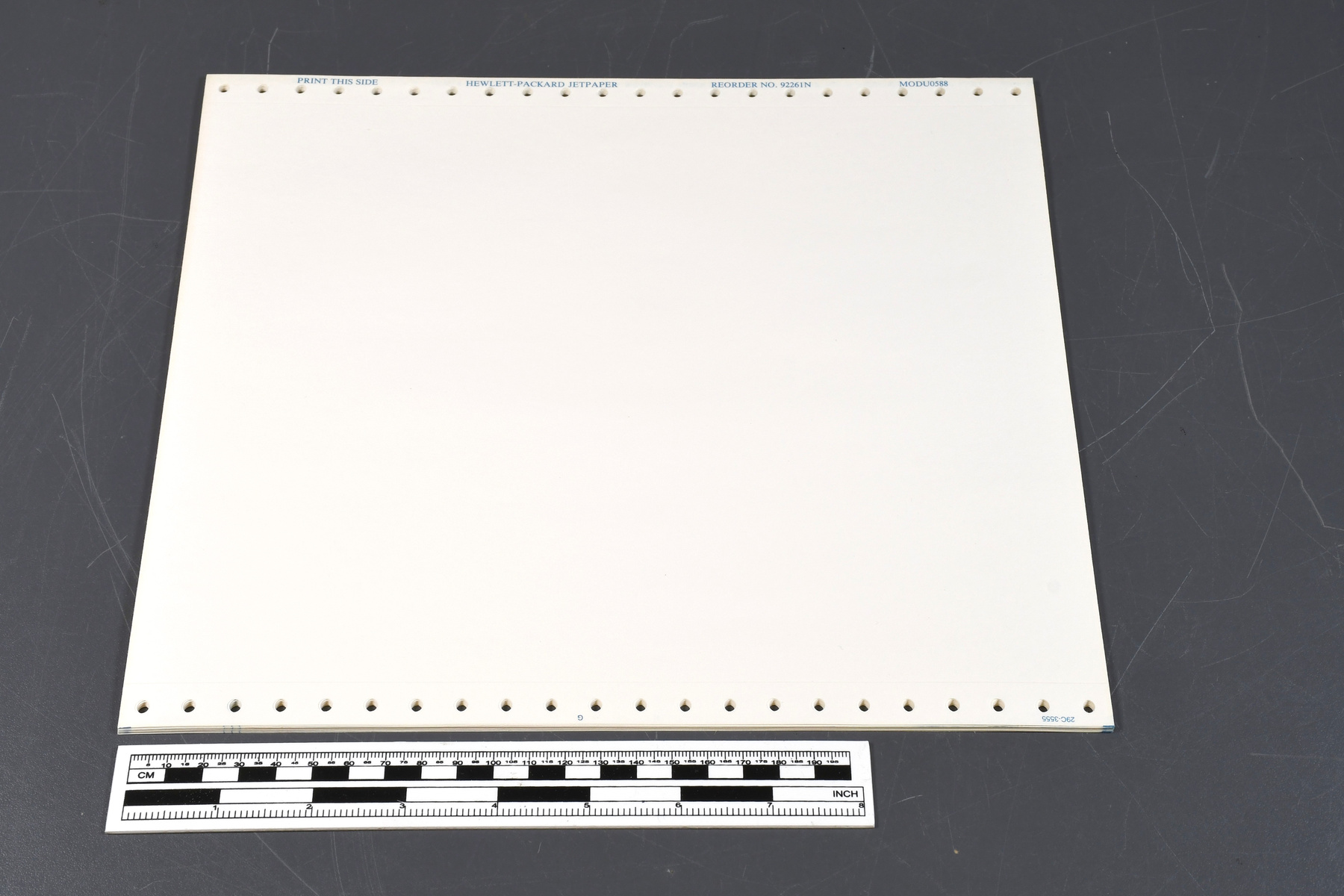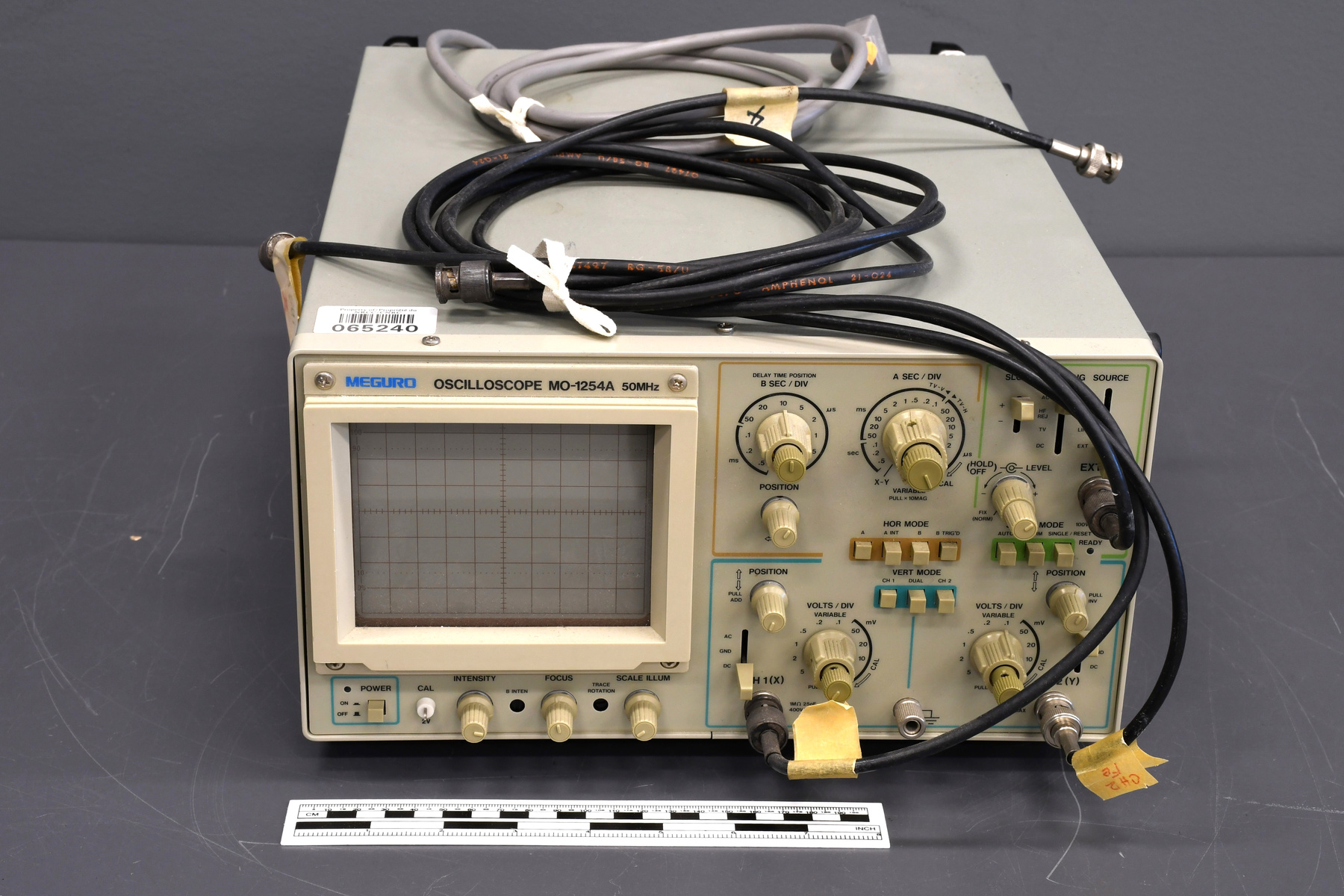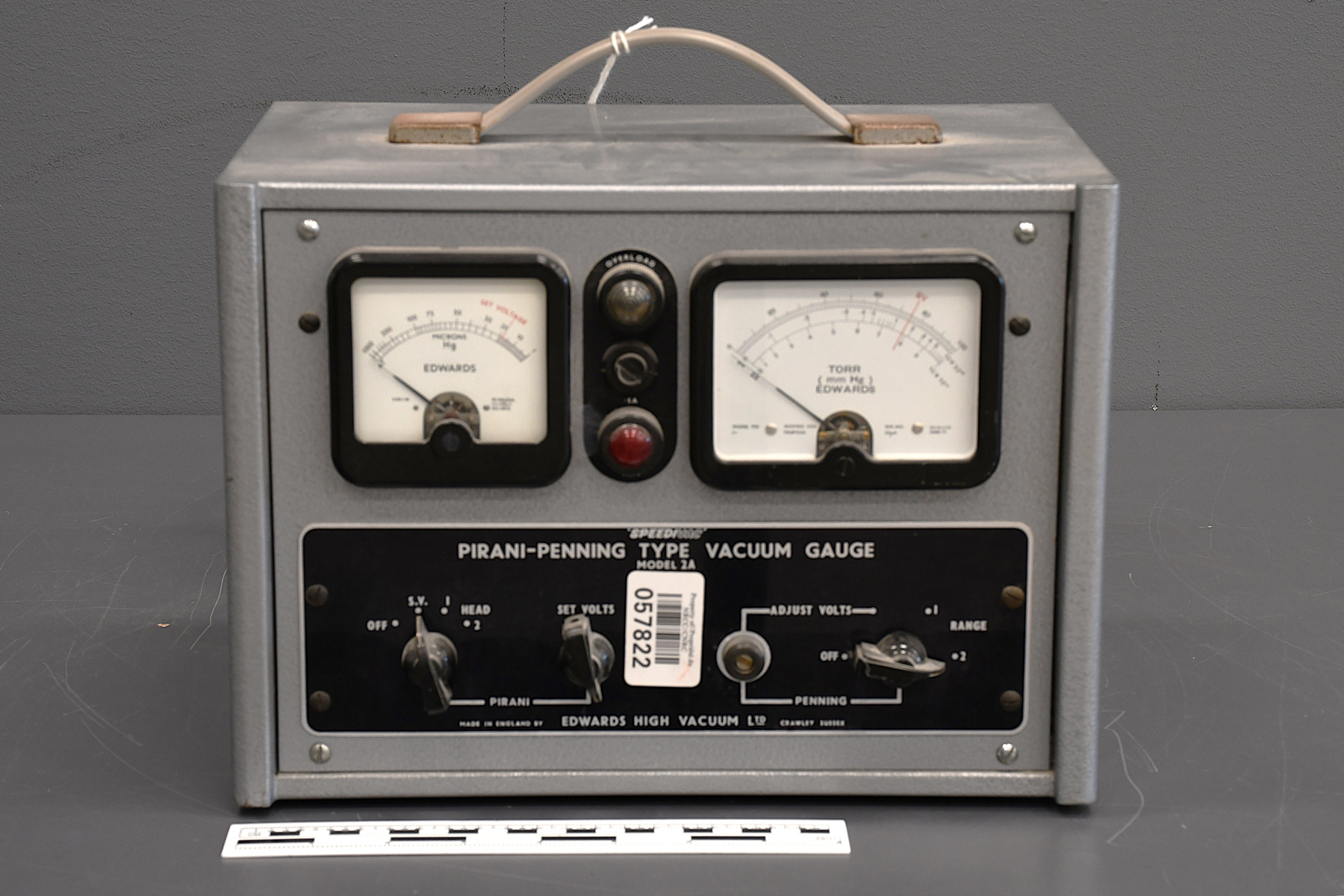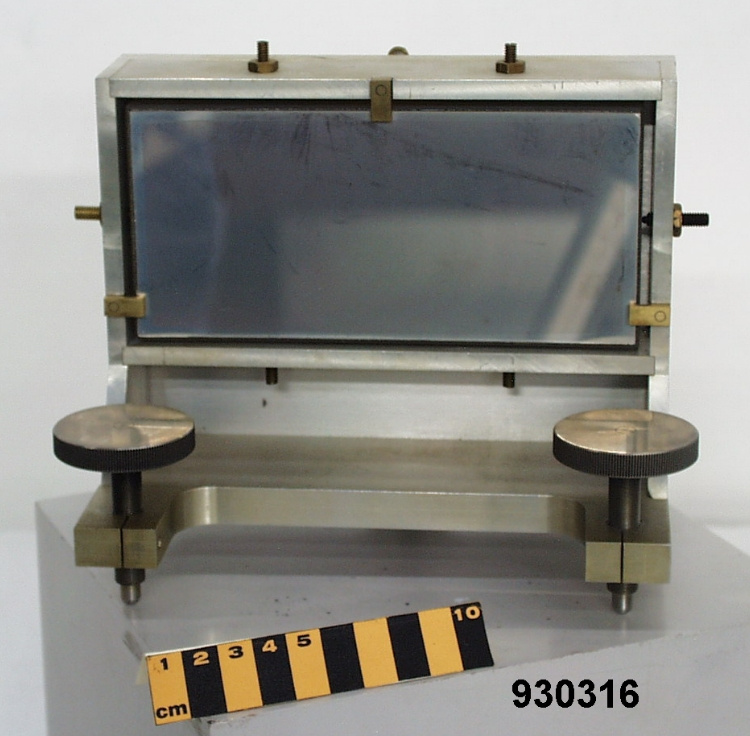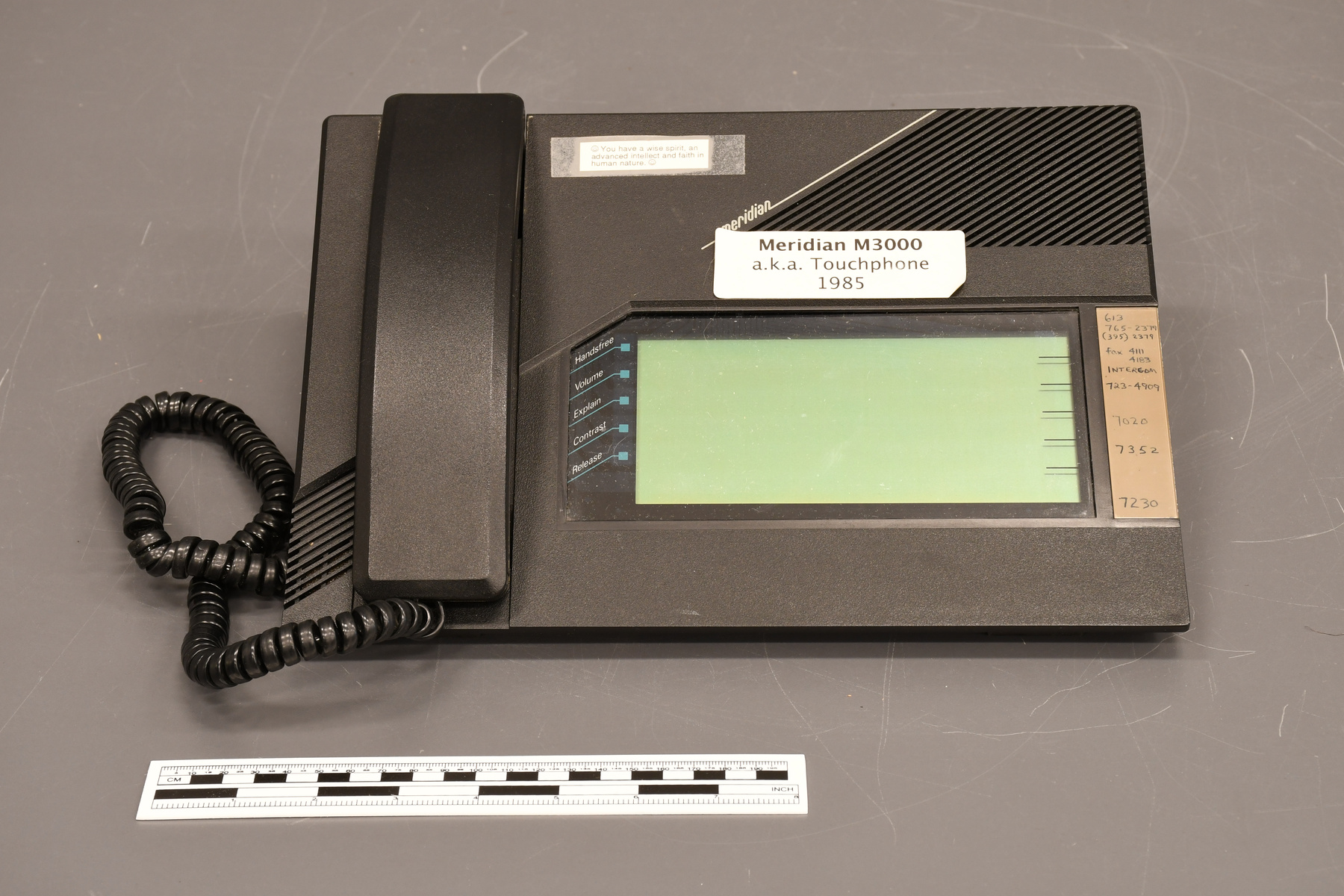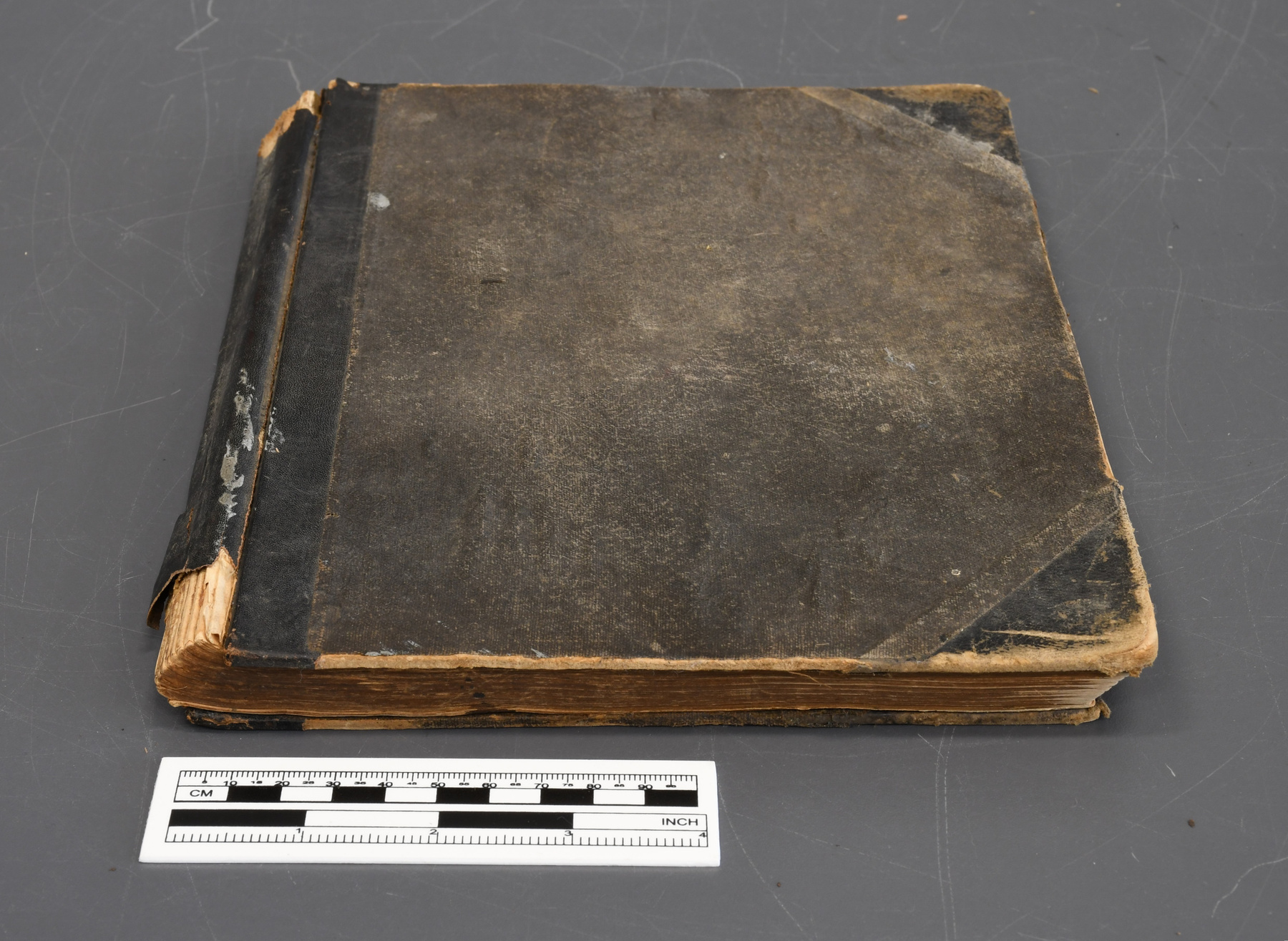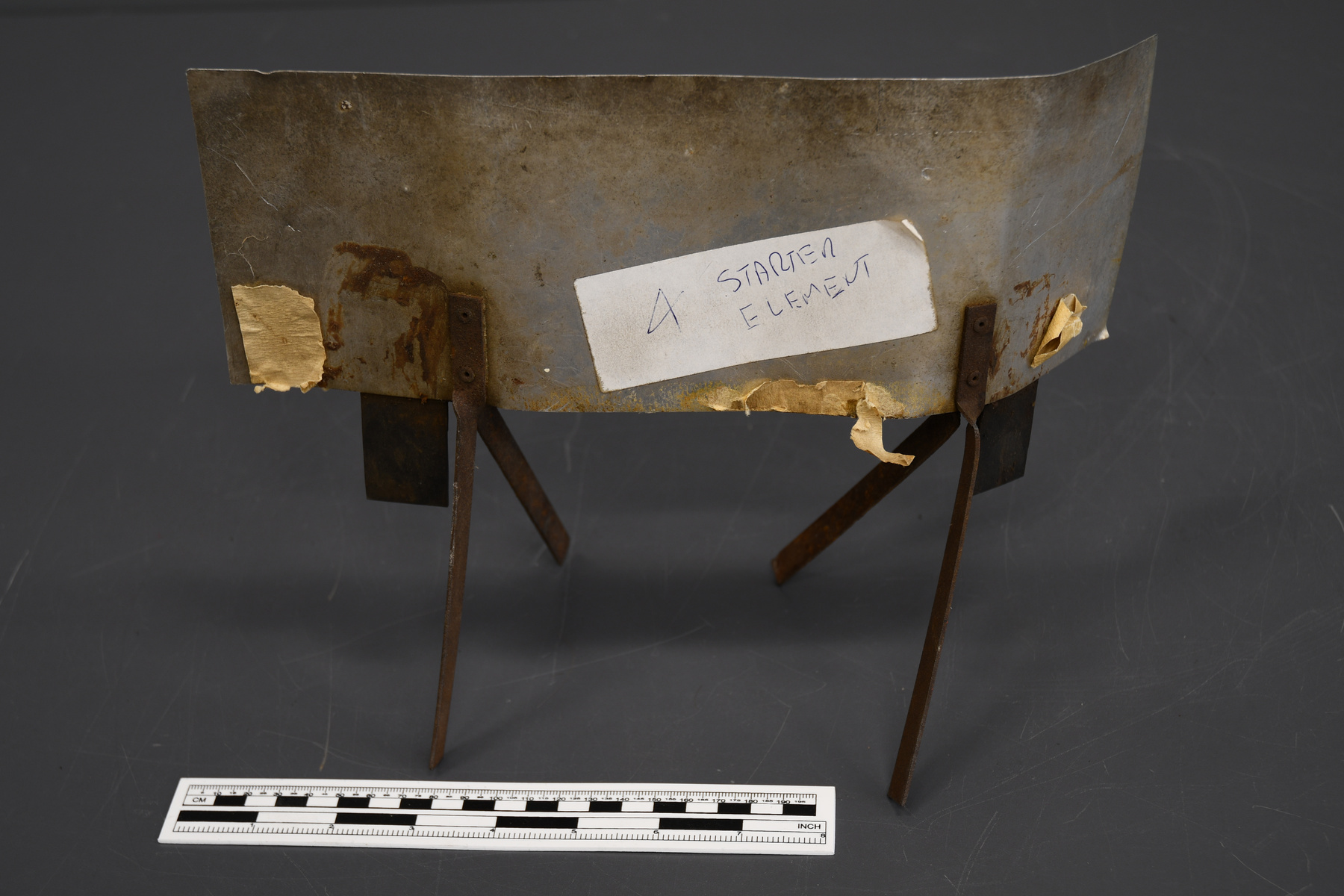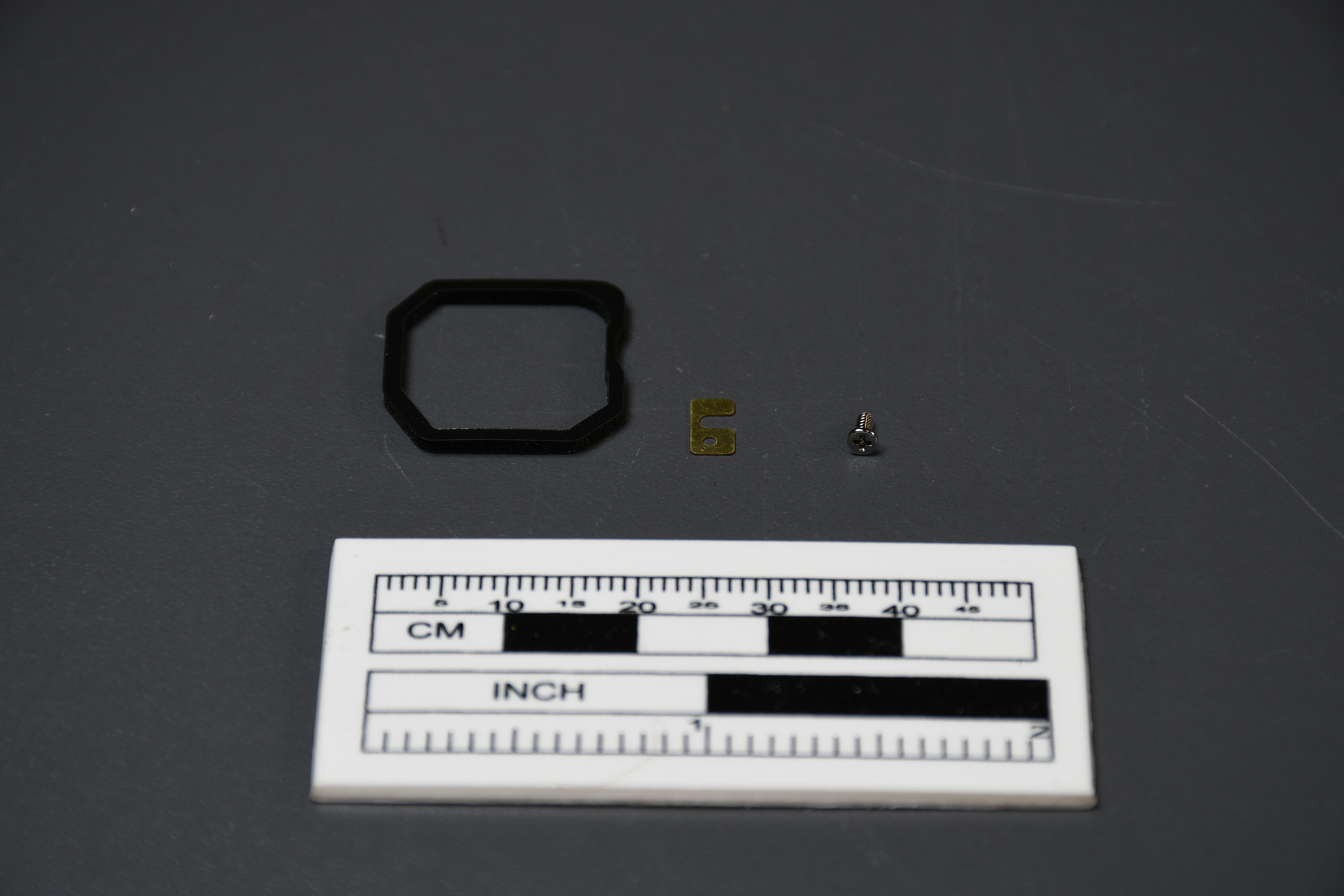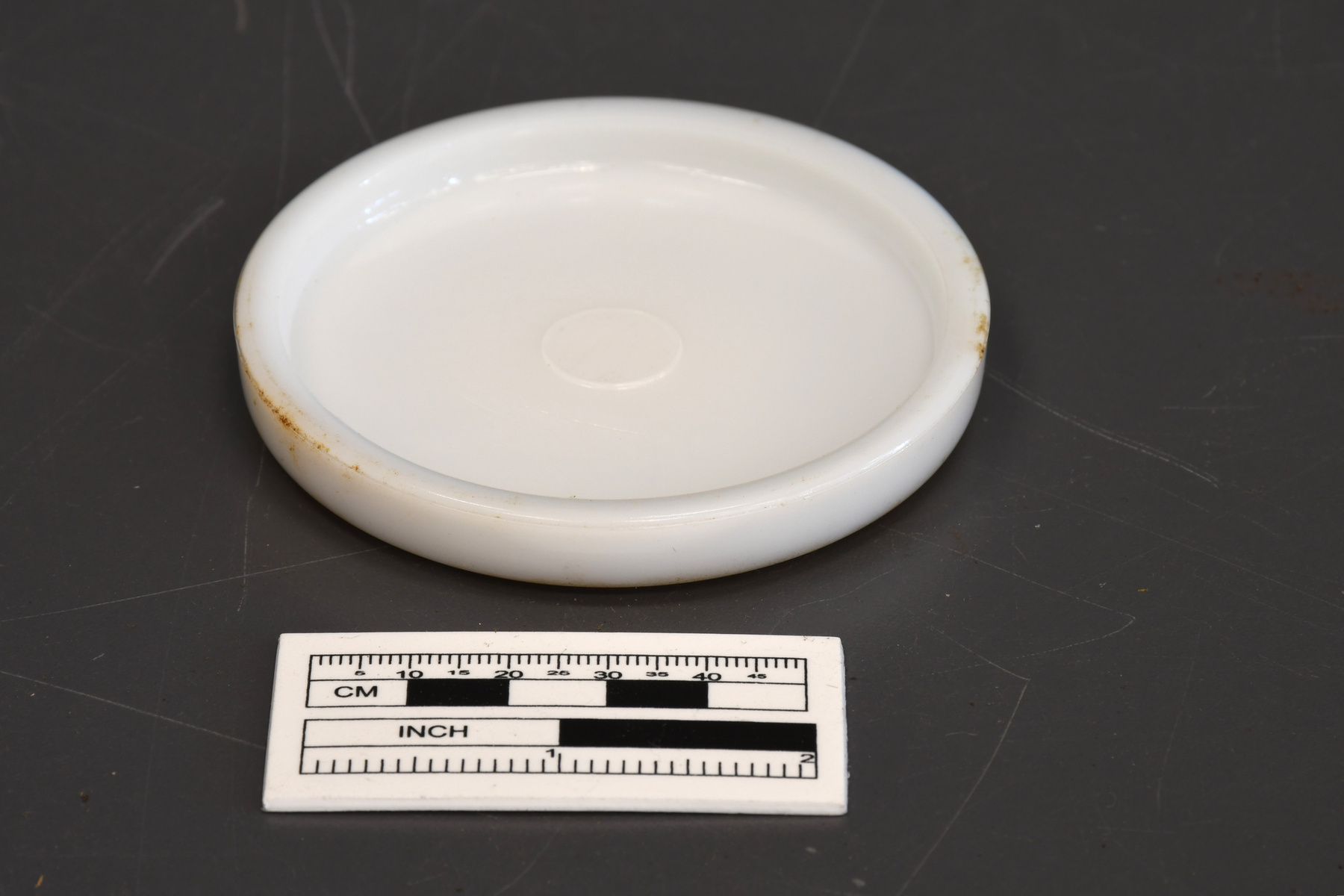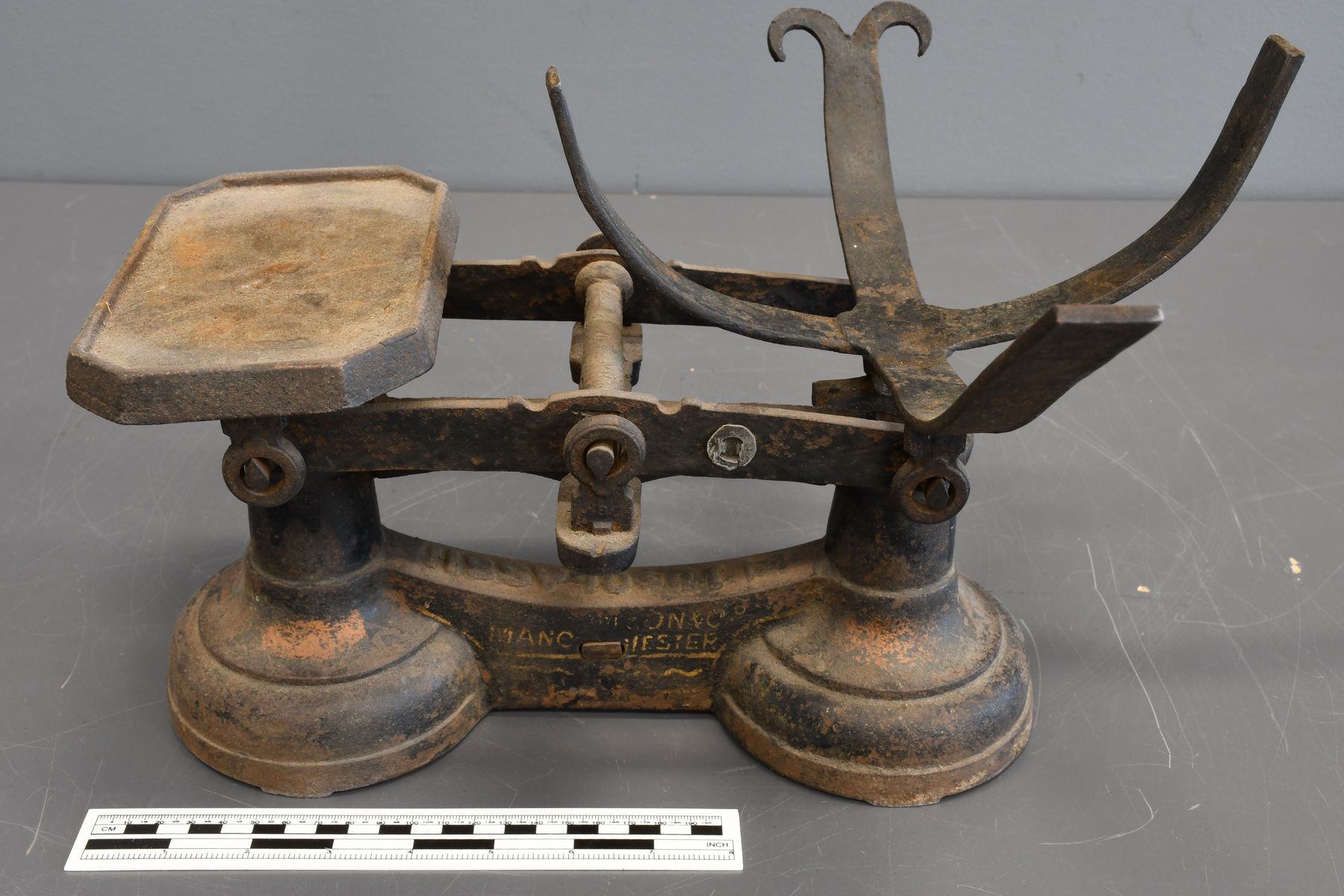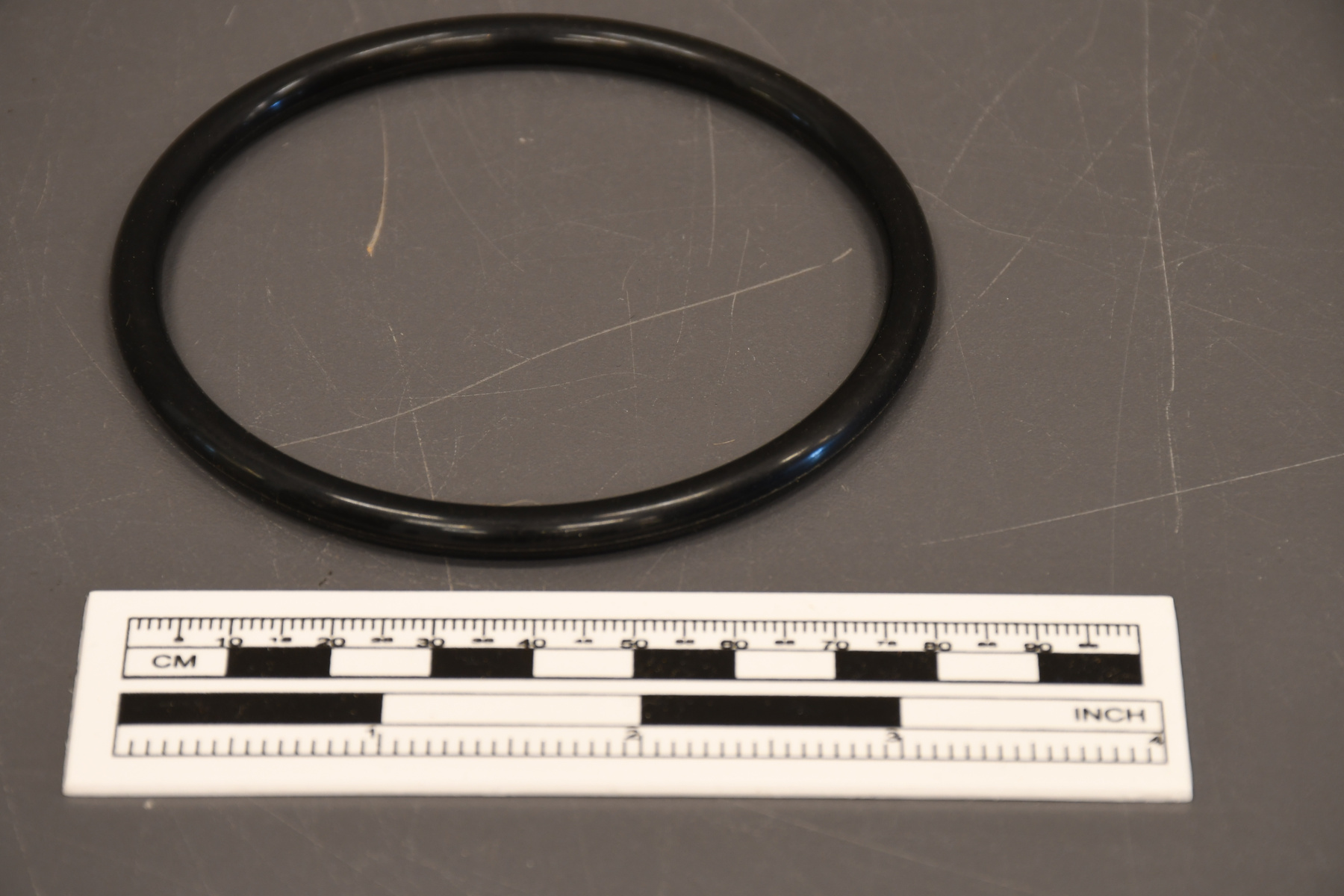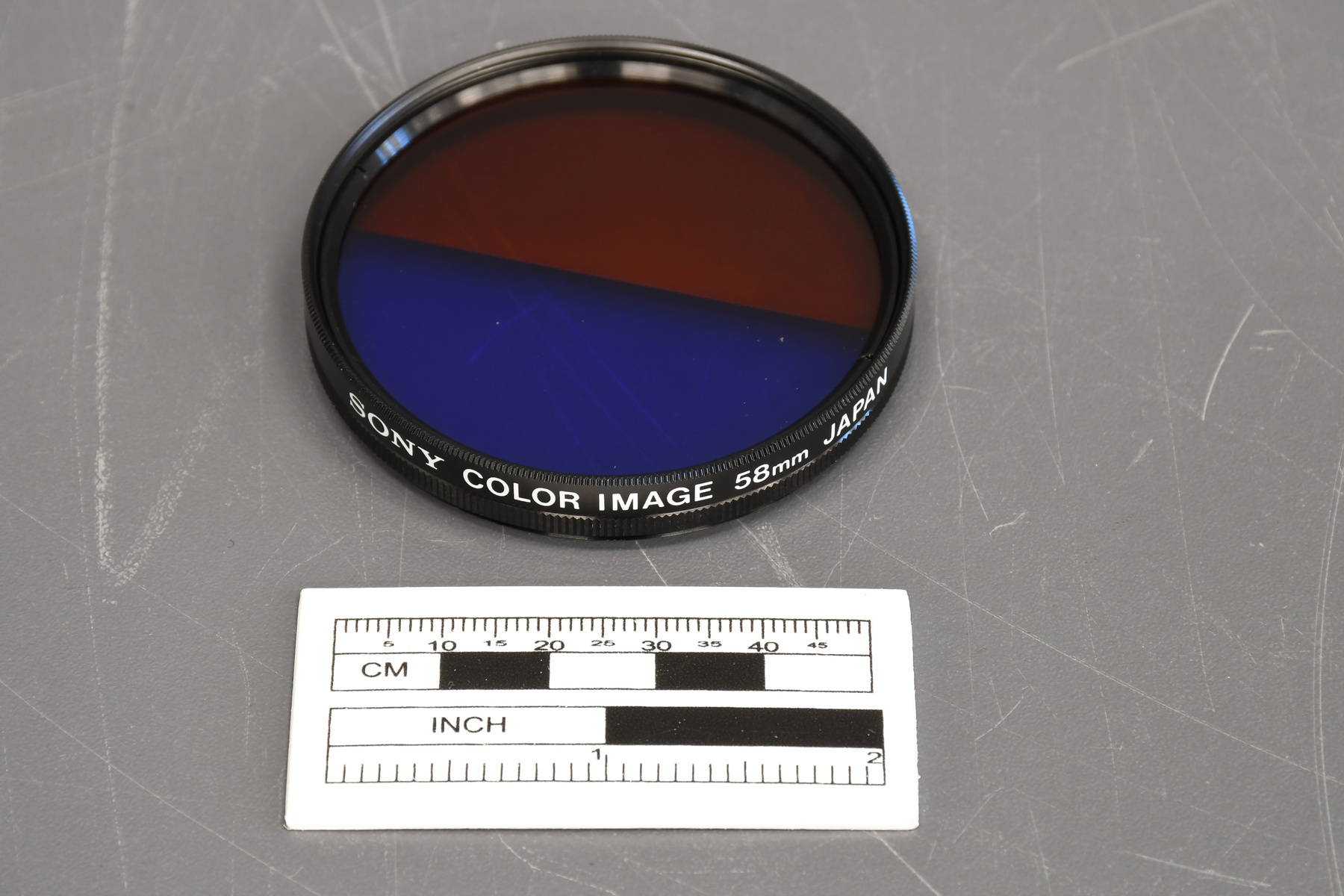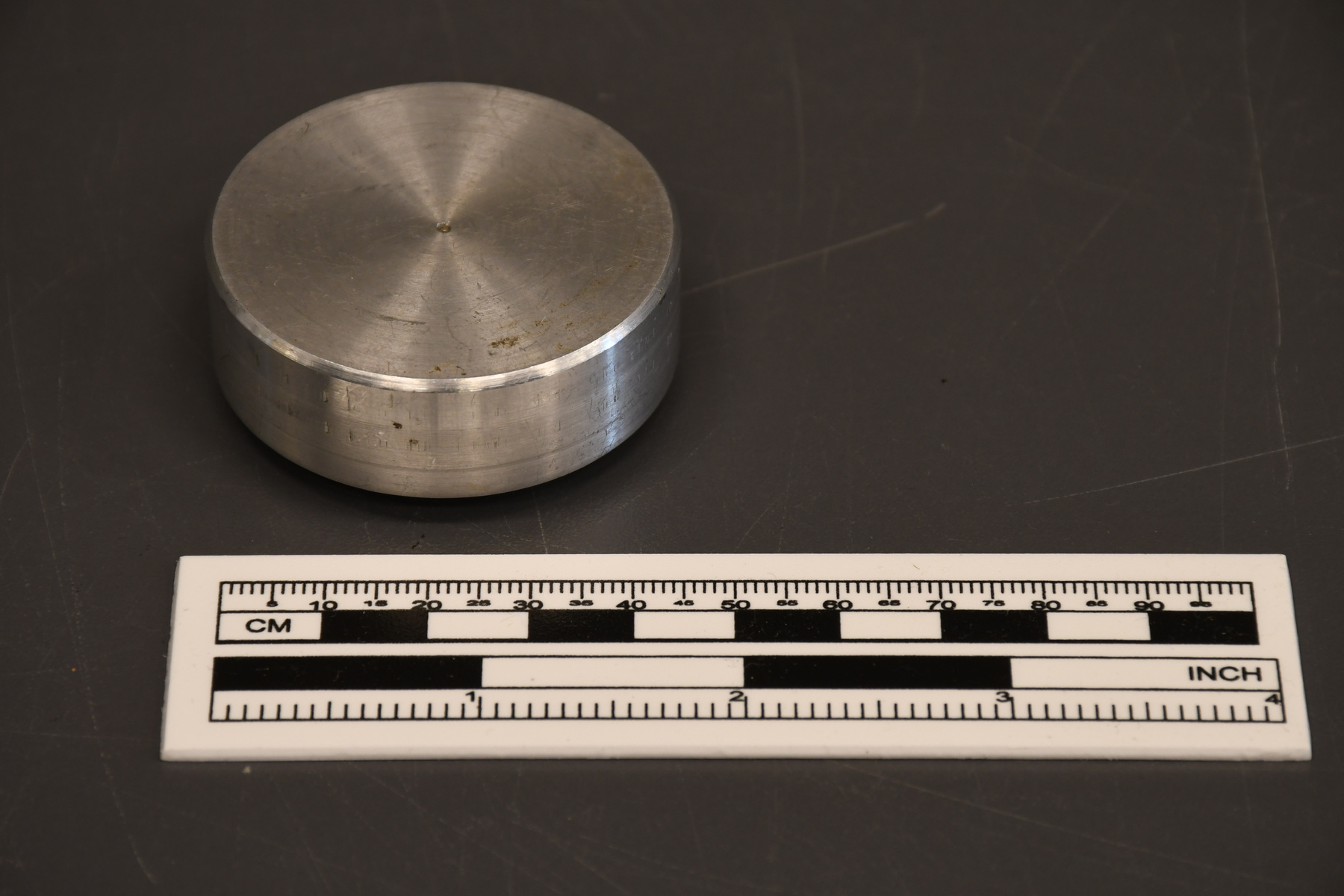Grating, spectrograph
Use this image
Can I reuse this image without permission? Yes
Object images on the Ingenium Collection’s portal have the following Creative Commons license:
Copyright Ingenium / CC BY-NC-ND (Attribution-NonCommercial 4.0 International (CC BY-NC 4.0)
ATTRIBUTE THIS IMAGE
Ingenium,
2008.1886.001
Permalink:
Ingenium is releasing this image under the Creative Commons licensing framework, and encourages downloading and reuse for non-commercial purposes. Please acknowledge Ingenium and cite the artifact number.
DOWNLOAD IMAGEPURCHASE THIS IMAGE
This image is free for non-commercial use.
For commercial use, please consult our Reproduction Fees and contact us to purchase the image.
- OBJECT TYPE
- diffraction/glass
- DATE
- 1967
- ARTIFACT NUMBER
- 2008.1886.001
- MANUFACTURER
- Bausch & Lomb Inc.
- MODEL
- Unknown
- LOCATION
- Rochester, New York, United States of America
More Information
General Information
- Serial #
- 0152-6
- Part Number
- 1
- Total Parts
- 1
- AKA
- diffraction grating
- Patents
- N/A
- General Description
- An artifact made of glass and metal material/Un objet fait avec du matériel en verre et en métal.
Dimensions
Note: These reflect the general size for storage and are not necessarily representative of the object's true dimensions.
- Length
- 15.5 cm
- Width
- 31.0 cm
- Height
- 15.2 cm
- Thickness
- N/A
- Weight
- N/A
- Diameter
- N/A
- Volume
- N/A
Lexicon
- Group
- Chemistry
- Category
- Test-measurement equipment
- Sub-Category
- N/A
Manufacturer
- AKA
- Bausch Lomb
- Country
- United States of America
- State/Province
- New York
- City
- Rochester
Context
- Country
- Canada
- State/Province
- Ontario
- Period
- 1967-1990s
- Canada
-
The vacuum Ebert spectrograph, developed by Donald A. Ramsey at the NRC, was a central instrument in Canada’s contributions to spectroscopy from approximately 1950 to the 1990s. Lead by Nobel Laureate, Gerhard Herzberg, Canada was a leader in this part of physics in the post WWII era. Using this device, D.A. Ramsey and Barry Lutz were able to confirm that the Kuiper bands of Uranus were made of methane. This finding had eluded scientists since the early days of astrophysics. Ramsey, a gifted experimenter, was able to produce this extremely high-resolution spectrograph, in order to determine the origins of the bands in the laboratory. The laboratory findings were compared with Lutz’s observations and measurements of the Uranus bands. The measurements were based on observations taken at the Mount Hamilton Station of the Lick Observatory, California. Le spectrographe Ebert avec une pression à vide était conçu au NRC par Donald A. Ramsey. L'instrument était primordial pour que le Canada puisse contribuer au domaine de spectroscopie pour plus de quarante ans entre 1950 et les années 1990s. La recherche était menée par Gerhard Herzberg qui était un lauréat pour le prix Nobel. Canada est rapidement devenu le meneur dans ce domaine de la physique après la deuxième Guerre Mondial avec Herzberg en charge. M. Ramsey et Barry Lutz ont réussit à confirmer que les bandes Kuipers de l'Uranus sont faits en méthane en utilisant cette machine. La découverte échappait aux scientifiques depuis l'enfance de l'astrophysique. Ramsey était capable de produire ce spectrographe à haute résolution pour déterminer l'origine des bandes au laboratoire. Le scientifique a pu comparer ces résultats avec ceux de Lutz. Les deux séries de mesurément étaient pris à la station de Mont Hamilton a l'observatoire Lick en Californie. - Function
-
The grating on this artifact was used with the Ramsey spectrograph in order to help its resolution along with the wavelength range that it could obtain. It has approximately 79 thousand grooves across its surface. Ce réseau de diffraction était utilisé avec le spectrographe Ramsey pour améliorer la résolution due spectrographe et aussi pour spécifier la gamme de longueurs d'ondes qu'il pouvait obtenir. En tout, la vitre possède à peu près 79 000 rainures. - Technical
-
This type of spectrograph dates back to the work of Hermann Ebert in 1889. He developed a spectrometer that consisted of an entrance slit, a single concave spherical mirror, a diffraction grating, and a small photographic plate in the plane of the entrance slit. This artifact is a Ramsey spectrograph, a 33-meter multiple-path cell, that produced spectra of the highest resolution at the time. The main body of this spectrograph was made by Fleck Industries before being installed at the NRC. Despite difficult struggles with leaks in the early construction phase of the optical components, large leak detectors (as big as fridges at the time) were installed and used to locate and fix the leaks. The resultant vacuum conditions allowed for much longer exposures and more precise images. This instrument was also a success due to its optics. The initial resolution of the instrument was not as good as expected, and a new mirror had to be ground and installed. The resolution improved significantly. There were also two gratings in this model, one high and the other low resolution. Ce genre de spectrographe est inspiré par le travail de Hermann Ebert en 1889. Il a développé un spectromètre qui possédait une fente d'entrée, un miroir concave et sphérique, un réseau de diffraction et une plaque photographique située sur le plan de la fente d'entrée. Cet artefact est un spectrographe Ramsey qui possède un trajet-multiple de plus de trente-trois mètres qui produisaient une résolution de la plus haute qualité de sa génération. Le corps du spectrographe était fabriqué par Fleck Industries. Malgré les fuites au début de la phase de construction des composantes optiques, l'installation des détecteurs de fuites installer par la suite ont réussi à trouver et arrêter le déluge. Les conditions après l'installation a construit des conditions de pression à vide qui permettait à la machine de développer des images plus précises avec une exposition prolongée. L'instrument était aussi favori grâce à ces composantes optiques. La résolution initiale n'était pas une haute gamme et donc un nouveau miroir a dû être dépoli et installer. Ceci a augmenté la résolution a un niveau requis. Il y avait aussi deux genres de réseau qui accompagnaient ce modèle qui permettait à une résolution base ou celui qui apportait une résolution plus augmentée. - Area Notes
-
Unknown
Details
- Markings
- On the sticker on the bottom of the glass/Sur l'étiquette en dessous de la vitre: "BAUSCH & lOMB iNCORPORATED/ROCHESTER, NEW YORK, U.S.A./B&L, Certified Precision Grating/35-53-32-27, 0156-6/CATALOG NO., SERIAL NO./300, 4 º18'/GROOVES/mm, BLAZE ANGLE/∞ mm, BLAZE [-->]/CONCAVE RADIUS".
- Missing
- Appears complete.
- Finish
- An object that is rectangular in shape. It has a body made out of steel that has been painted black. It has threaded holes in its base to allow it to be bolted to another object. Two circular holes also sit in its base to reveal glass above it. The glass is also rectangular in shape and sits inside the body of the object. It is held down by three copper coloured metal lips that have been screwed into the sides of the artifact. The back of the object forms a triangular peak that extends upward from behind the glass. Under the glass is a green sticker with black lettering. Un objet fait en forme rectangulaire. Il a un corps fait en acier qui est peinturé noir. Il a des trous filetés en dessous pour que l'objet soit attaché à un autre artefact. En dessous il y a aussi que deux trous circulaires qui démontrent le morceau de vitre rectangulaire qui est fixé à l'intérieur de corps de l'objet. Le morceau de vitre est tenu en place avec des dents en métal. Les dents sont fixées sur les cotées du corps avec des vis faits avec le même matériel. Le corps de l'objet a un dos pointue qui monte en flèche au-dessus de la vitre. En dessous de la vitre il y a une étiquette verte avec du lettrage noir.
- Decoration
- N/A
CITE THIS OBJECT
If you choose to share our information about this collection object, please cite:
Bausch & Lomb Inc., Grating, spectrograph, circa 1967, Artifact no. 2008.1886, Ingenium – Canada’s Museums of Science and Innovation, http://collections.ingeniumcanada.org/en/id/2008.1886.001/
FEEDBACK
Submit a question or comment about this artifact.
More Like This
